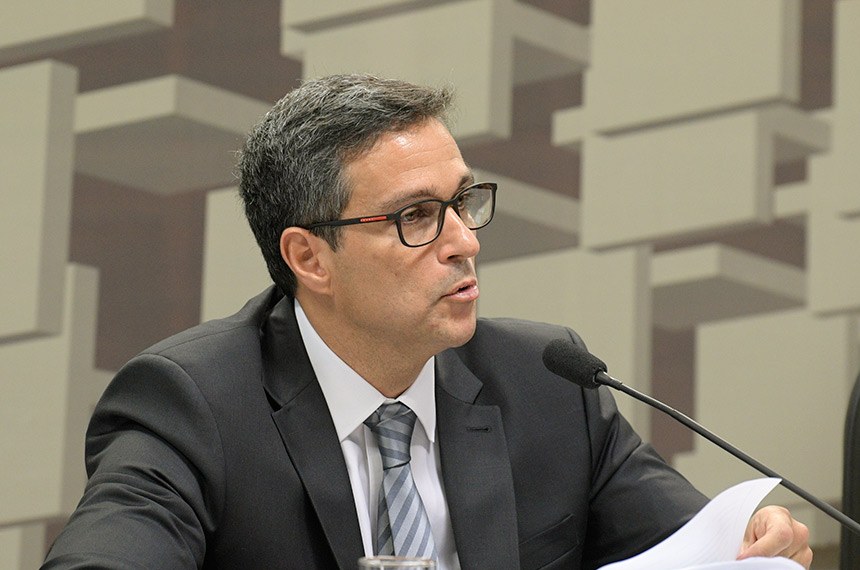RIO DE JANEIRO, BRAZIL – On Thursday, August 27th, the Central Bank notified the Federal Supreme Court (STF) that the R$200 bill (US$40) will be released on September 2nd, Wednesday next week.
The notice justifying the issuance of the new currency denomination was made in answer to a complaint in an Action for Non-Compliance with a Fundamental Precept (ADPF) brought by political parties PSB (Brazilian Socialist Party), Rede Sustentabilidade (Sustainability Network) and Podemos (We Can), in which the parties request the suspension of the release because the new banknote could facilitate money laundering practices and favor crime, among other reasons.
According to the document sent by the President of the Central Bank, Roberto Campos Neto, the suspension would result in “serious losses,” because the Mint has already delivered 7.2 million R$200 banknotes.

“In fact, granting the injunction sought in this case would result in serious losses to the execution of services by the Central Bank and to society itself, which has been showing a growing demand for cash. In fact, the Brazilian Mint has already delivered 7.2 million R$200 banknotes to the Central Bank.
“By September 2nd, 2020, the date of the new banknote’s official release, this figure is expected to reach 20 million banknotes,” says the opinion, signed by Central Bank attorney Ricardo Ferreira Balota.
The bank states that the granting of benefits under the coronavirus pandemic, such as the R$600 emergency aid, posed an “immense challenge” to the monetary administration. “Statistics and studies have shown that the payment of financial benefits of this kind has translated into a substantial increase in society’s demand for cash, notably paper money.”
The increase in savings by families and businesses is also mentioned by the Central Bank when it claims that the pandemic has caused “hoarding” and reduced the money in circulation. According to the bank, the cash returned to the banking system by individuals is now between 20 and 30 percent lower than its prior record level.
Also according to the Central Bank justification, the measures taken to meet the increased demand for paper money from April onwards, such as anticipating the delivery of new banknotes in May, June and July and the reuse of banknotes initially assessed as unsuitable for circulation, were “considered insufficient”.
“Thus, the adoption of new measures seemed urgent,” says the document, which reports an additional demand estimated at R$105.9 billion in the period ranging from August to December.
“To address these challenges and meet their constitutional and legal needs, the Mint and the Central Bank, based on the best technical knowledge and given the economic constraints and limited budget availability, decided that the release of the R$200 banknote was the most rational and efficient option to ensure the supply of sufficient cash to meet the demands of the national economy and society in general, and also to secure the need for cash withdrawal directly related to the payment of financial benefits and emergency aid, which had their term extended,” says the Central Bank.
Source: Veja

